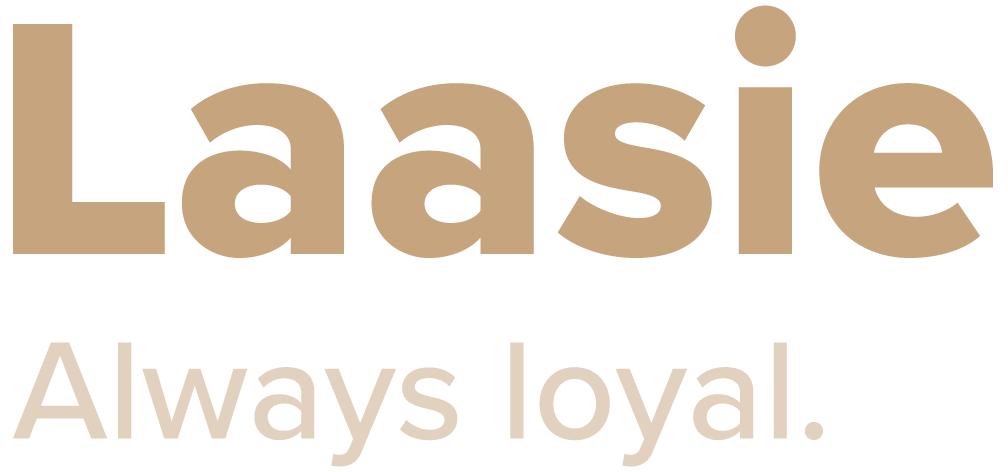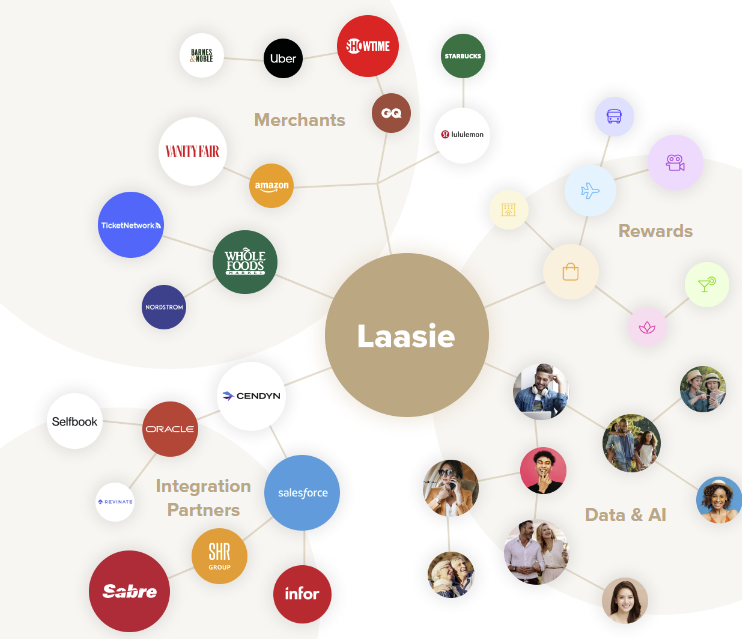Enhancing Hotel CRM Engagement: The Power of Instant Rewards
In the ever-evolving landscape of the hospitality industry, maintaining a strong and loyal customer base is crucial for the success of any hotel. Hoteliers are constantly seeking innovative strategies to engage customers effectively and build lasting relationships. One such strategy that has gained prominence is the integration of instant rewards within a hotel's loyalty program. This approach not only appeals to customers' desire for immediate gratification but also presents an opportunity to leverage these rewards to boost customer relationship management (CRM) engagement. In this article, we will delve into how the selection and deployment of instant rewards within a hotel loyalty strategy can significantly enhance CRM engagement.
Self-Selected Reward Content and Audience Building within CRM
Instant rewards empower guests by allowing them to choose rewards that align with their preferences and needs. By incorporating self-selected reward content, hotels can tap into the psychology of personalized satisfaction. When guests feel that they are receiving relevant rewards, their sense of appreciation and connection to the brand deepens. This personalization extends to CRM engagement, where hotels can leverage the data from instant reward selections to gain insights into individual preferences, enabling more targeted marketing efforts. This level of personalization fosters a sense of exclusivity, encouraging guests to engage more actively with the hotel's communication channels.
Leveraging Instant Rewards in First and Zero-Party Data Collection
First-party data, collected directly from guests, is invaluable for crafting effective marketing strategies. Instant rewards act as catalysts for data collection, encouraging guests to willingly share information in exchange for the immediate gratification offered by these rewards. With the rise of data privacy concerns, zero-party data (explicitly shared data) has gained significance. Through well-designed instant rewards, hotels can encourage guests to provide deeper insights, preferences, and feedback. This not only aids in refining the CRM strategy but also enhances guest profiling, making future interactions more meaningful and personalized.
Support for Segmentation
Instant rewards not only enrich CRM data but also contribute to more nuanced segmentation strategies. By analyzing the reward preferences and behaviors of different segments, hotels can tailor their messaging and offerings to resonate better with each group. This level of segmentation greatly impacts CRM Key Performance Indicators (KPIs). Open rates and click-through rates soar when recipients perceive the content as highly relevant. Moreover, the data collected through instant rewards can lead to more direct and repeat bookings. Guests who feel their preferences are understood are more likely to return and make reservations confidently. This strategy also contributes to an increased share of wallet, as guests are more inclined to engage with ancillary services that cater to their specific interests and preferences.
Multiplied Benefits Across KPIs:
The combined effect of instant rewards and CRM engagement strategies creates a virtuous cycle. Engaged customers are more likely to respond to offers, increasing open rates and click-through rates. Enhanced customer profiling from instant reward data translates into better-targeted campaigns, resulting in higher conversion rates and more direct bookings. Repeat bookings are encouraged due to the personalized experience, leading to improved customer retention rates. The ripple effect continues to influence ancillary sales, boosting the hotel's share of wallet. In this way, instant rewards amplify the effectiveness of CRM efforts, resulting in a holistic improvement of various KPIs and overall business success.
Incorporating instant rewards within a hotel loyalty strategy is more than just a transactional gesture; it's a pathway to enriched customer relationships and enhanced CRM engagement. By allowing guests to choose rewards that resonate with their desires, hotels foster a sense of personal connection and exclusivity. This, in turn, fuels data collection, segmentation, and personalized marketing efforts. The culmination of these benefits leads to improved CRM KPIs, more direct bookings, and increased share of wallet across ancillaries. In a world where personalized experiences reign supreme, the marriage of instant rewards and CRM engagement is a strategy that holds the key to sustained success in the competitive hospitality landscape.





















